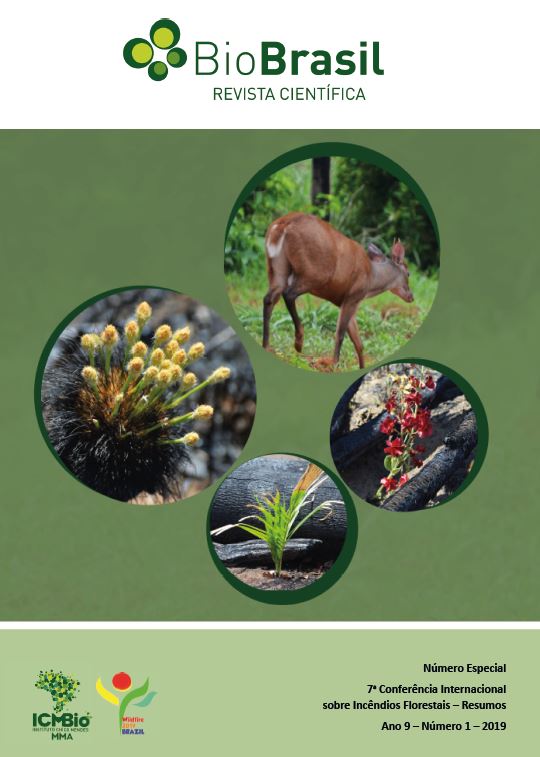Fire behaviour simulation; a gamification approach supporting complex system learning and, fire management planning and community engagement
DOI:
https://doi.org/10.37002/biodiversidadebrasileira.v9i1.1036Palabras clave:
Fire behaviour, simulation, community engagement, complex systems, gamificationResumen
The science of fire spread modelling has traditionally focused on providing predictive tools using empirically derived rate of spread calculations. However, fire spread prediction is difficult and whilst it can be a helpful tool for emergency management support the effective use of predictive rate of spread models are generally limited to relatively small spatiotemporal scales in data-rich environments. It is argued that this approach has particular value in the context of in the vast fire prone landscapes of tropical Northern Australia where biodiversity, cultural and carbon abatement considerations are more significant drives than emergency management. This is applied through a novel participatory modelling and gamification approach aimed at building shared understandings of complex fire behaviour. Described is the development of a Stochastic Cellular Automata fire behaviour simulation through a participatory modelling process that makes explicit the key variables affecting fire behaviour at a landscape scale in Northern Australia. This work aims to fill a gap in fire behaviour modelling tools by focusing on learning and participatory planning outcomes though fire behaviour simulation. A range of operational applications of this approach, within indigenous and non-indigenous communities of Northern Australia, are described and the value of predictive vrs explanatory environmental modelling for understanding fire behaviour assessed.
Descargas
Descargas
Publicado
Número
Sección
Licencia
Derechos de autor 2021 Biodiversidade Brasileira - BioBrasil

Esta obra está bajo una licencia internacional Creative Commons Atribución-NoComercial-SinDerivadas 4.0.
Os artigos estão licenciados sob uma licença Creative Commons Atribuição-NãoComercial-SemDerivações 4.0 Internacional (CC BY-NC-ND 4.0). O acesso é livre e gratuito para download e leitura, ou seja, é permitido copiar e redistribuir o material em qualquer mídia ou formato.












